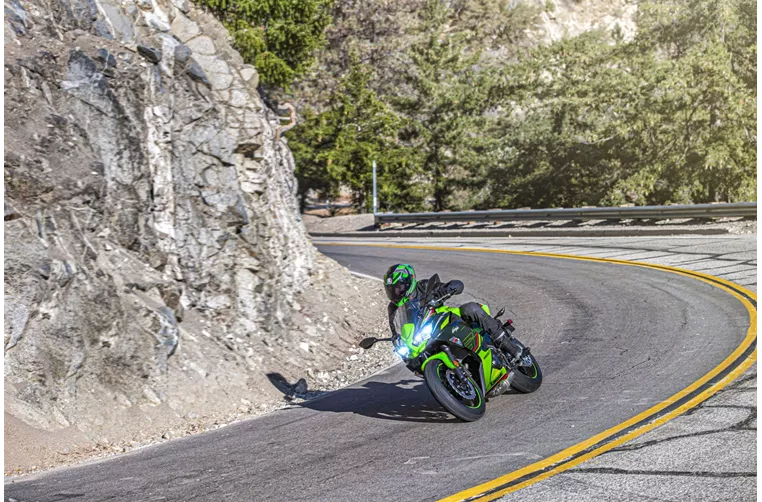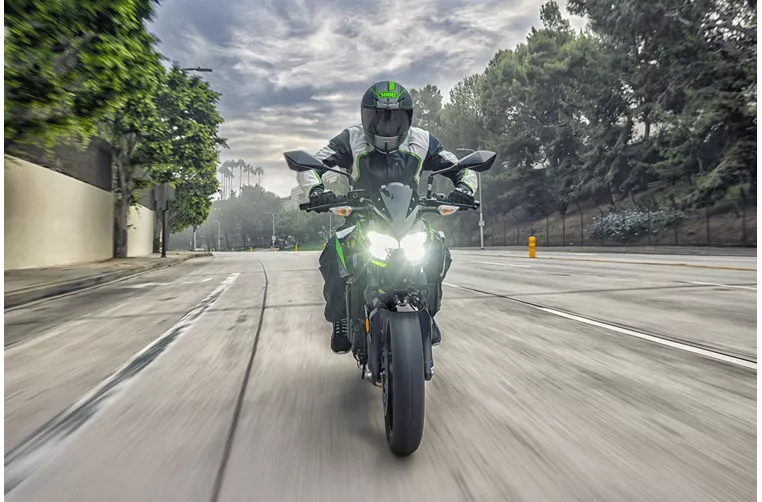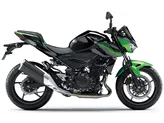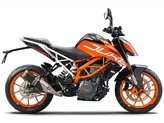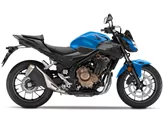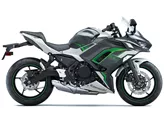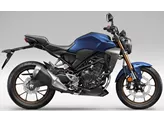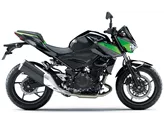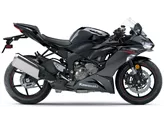Kawasaki Ninja 650 2023 vs. Kawasaki Z 400 2023
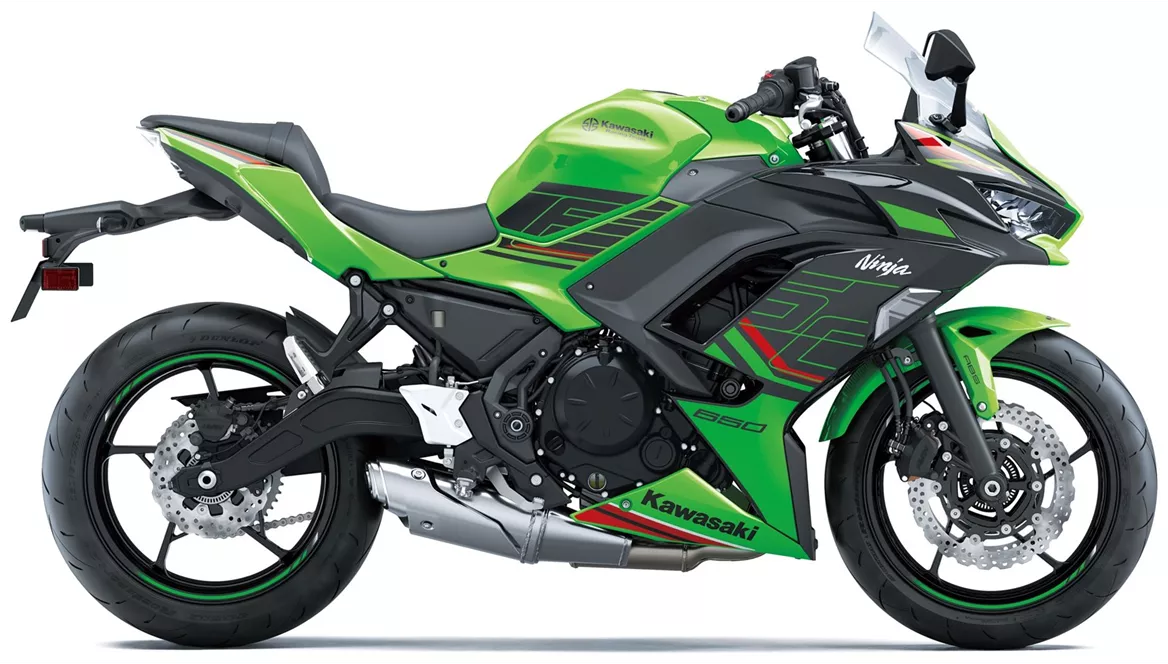
Kawasaki Ninja 650 2023
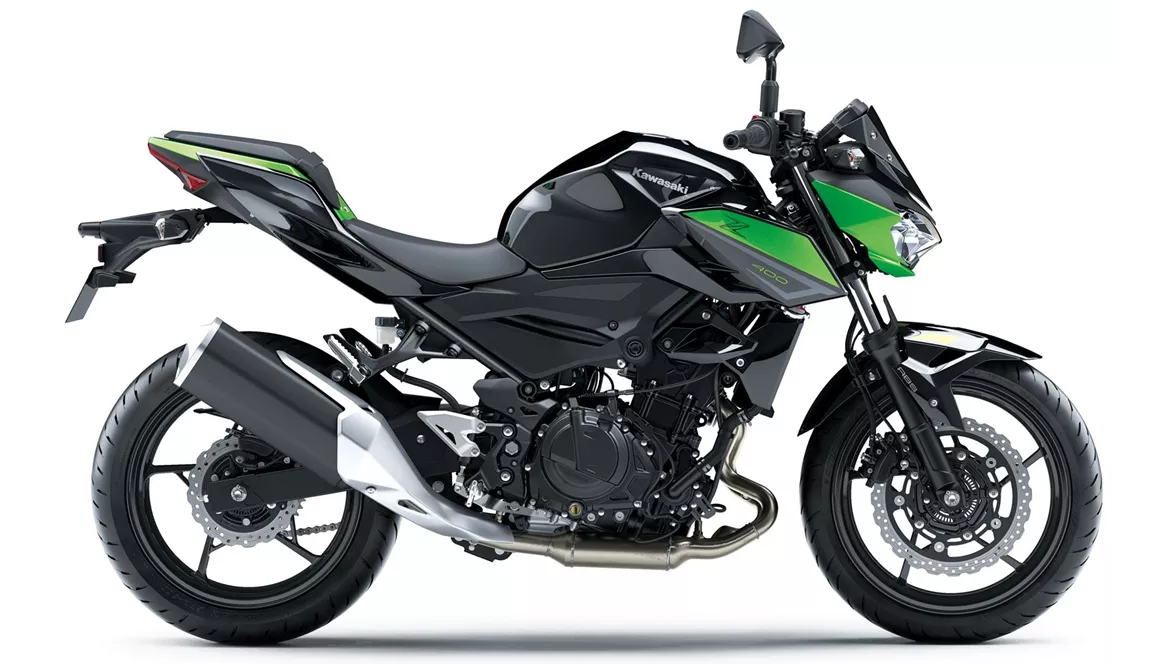
Kawasaki Z 400 2023
Overview - Kawasaki Ninja 650 2023 vs Kawasaki Z 400 2023
The Kawasaki Ninja 650 2023 and the Kawasaki Z 400 2023 are both impressive motorcycles with their own unique features and strengths.
Starting with the technical specifications, the Ninja 650 is equipped with a 649cc inline engine that delivers 68.2 horsepower and 65.7 Nm of torque. It has a compression ratio of 10.8 and features a fuel injection system. On the other hand, the Z 400 is powered by a 399cc inline engine that produces 45 horsepower and 37 Nm of torque. It has a higher compression ratio of 11.5 and also utilizes a fuel injection system.
In terms of suspension, both bikes have a telescopic fork front suspension and a swing arm rear suspension with a monoshock. The Ninja 650 has a front suspension diameter of 41mm, while the Z 400 has the same diameter.
When it comes to the chassis, both motorcycles have a steel frame with a tubular design. They also share the same rake angle of 65.5 degrees. However, the Z 400 has a slightly shorter trail measurement of 92mm compared to the Ninja 650's 100mm.
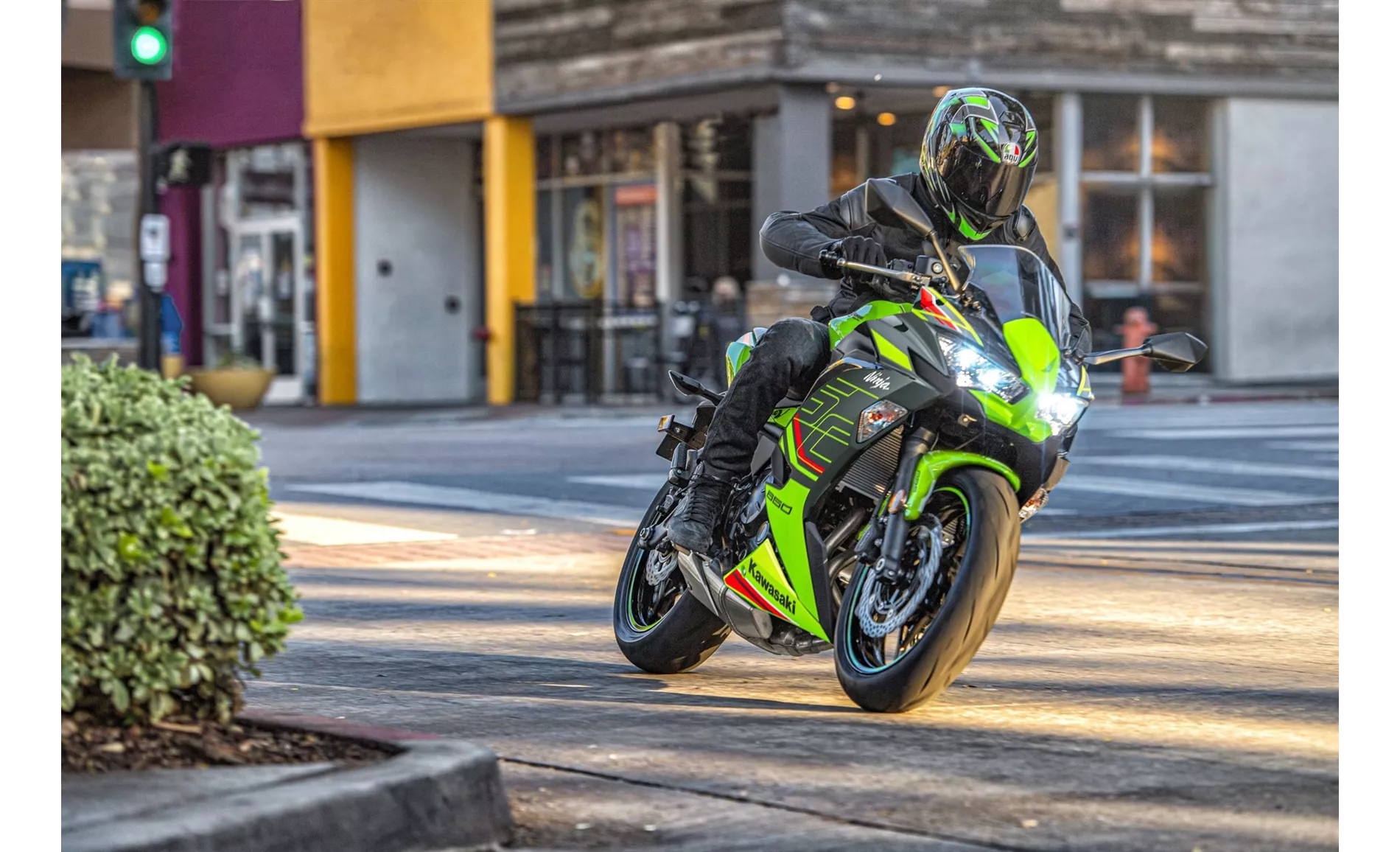
Kawasaki Ninja 650 2023
In terms of braking, the Ninja 650 is equipped with double disc brakes on the front with a diameter of 300mm and double piston technology. The Z 400, on the other hand, has a single disc brake on the front with a larger diameter of 310mm and double piston technology. Both bikes feature petal technology for enhanced braking performance.
In terms of advanced rider assistance systems, the Ninja 650 comes with ABS and traction control, providing added safety and stability. The Z 400, on the other hand, only has ABS.
When it comes to dimensions and weights, the Ninja 650 has a front tire width of 120mm and a rear tire width of 160mm, while the Z 400 has a front tire width of 110mm and a rear tire width of 150mm. Both bikes have a 17-inch front and rear tire diameter. The Ninja 650 has a wheelbase of 1410mm and a seat height of 790mm, while the Z 400 has a slightly shorter wheelbase of 1370mm and a lower seat height of 785mm. The Ninja 650 also has a higher kerb weight of 193kg compared to the Z 400's 167kg.
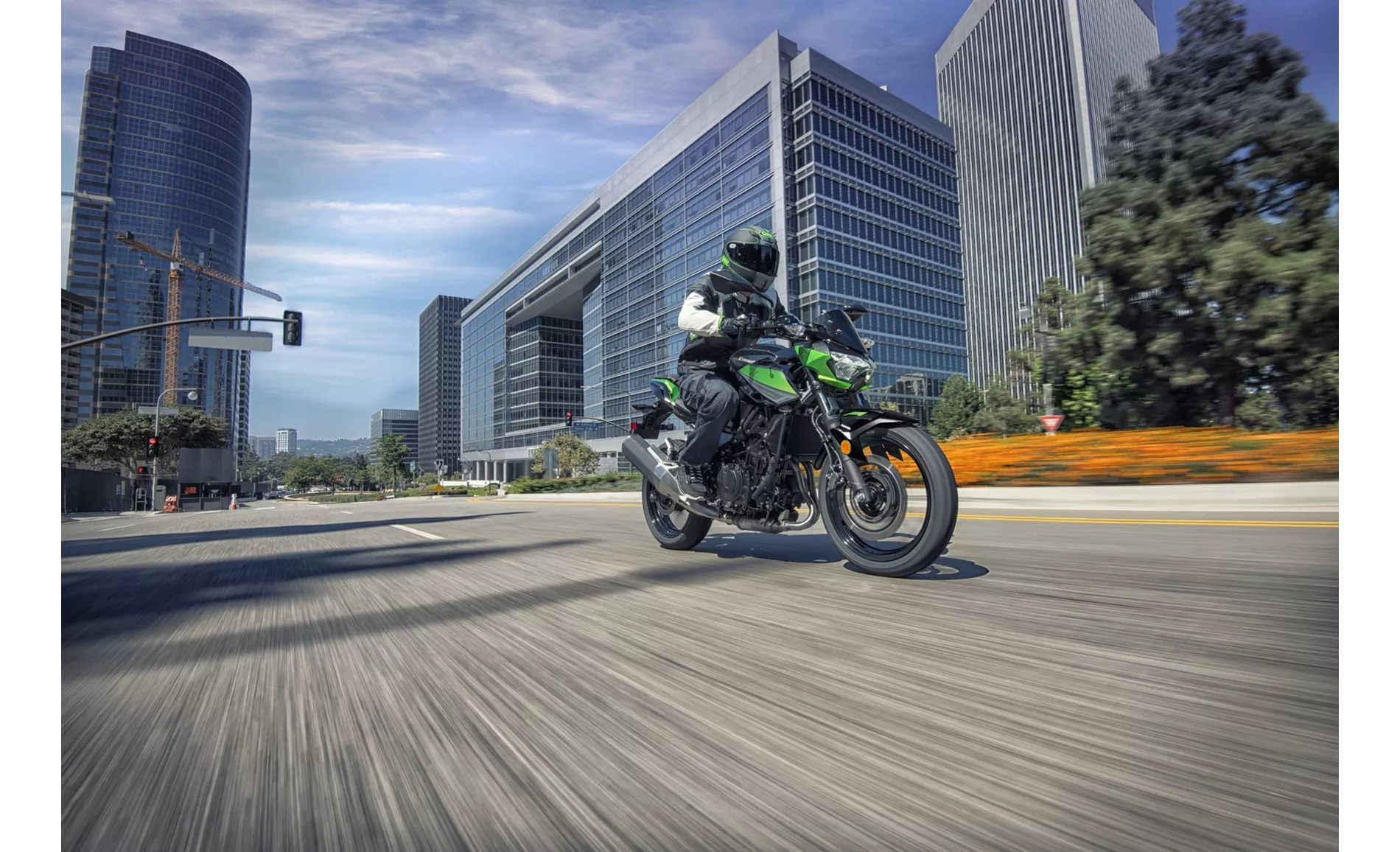
Kawasaki Z 400 2023
In terms of fuel tank capacity, the Ninja 650 has a larger capacity of 15 liters, while the Z 400 has a slightly smaller capacity of 14 liters.
Now, let's move on to the strengths and weaknesses of each model. The Ninja 650 is known for its suitability for touring, offering a comfortable riding experience. It also comes with a safety package that includes ABS and traction control. Additionally, it is very accessible and has an ergonomically versatile design. Lastly, it features the typical Ninja look, which is sleek and sporty. However, its chassis and brakes are considered average, and adjusting the rear shock absorber can be laborious.
On the other hand, the Z 400 is praised for its lively engine, providing a thrilling riding experience. It also has a good chassis and brakes, offering excellent handling. The bike has a grown-up look and boasts high-quality workmanship. However, one of its weaknesses is the non-adjustable levers.
In conclusion, both the Kawasaki Ninja 650 2023 and the Kawasaki Z 400 2023 have their own unique features and strengths. The Ninja 650 is more suited for touring and offers a comfortable riding experience, while the Z 400 provides a lively and thrilling ride. Ultimately, the choice between the two will depend on the rider's preferences and intended use of the motorcycle.
Technical Specifications Kawasaki Ninja 650 2023 compared to Kawasaki Z 400 2023
Pros and Cons in comparison
Pros and Cons in comparison
Kawasaki Ninja 650 2023
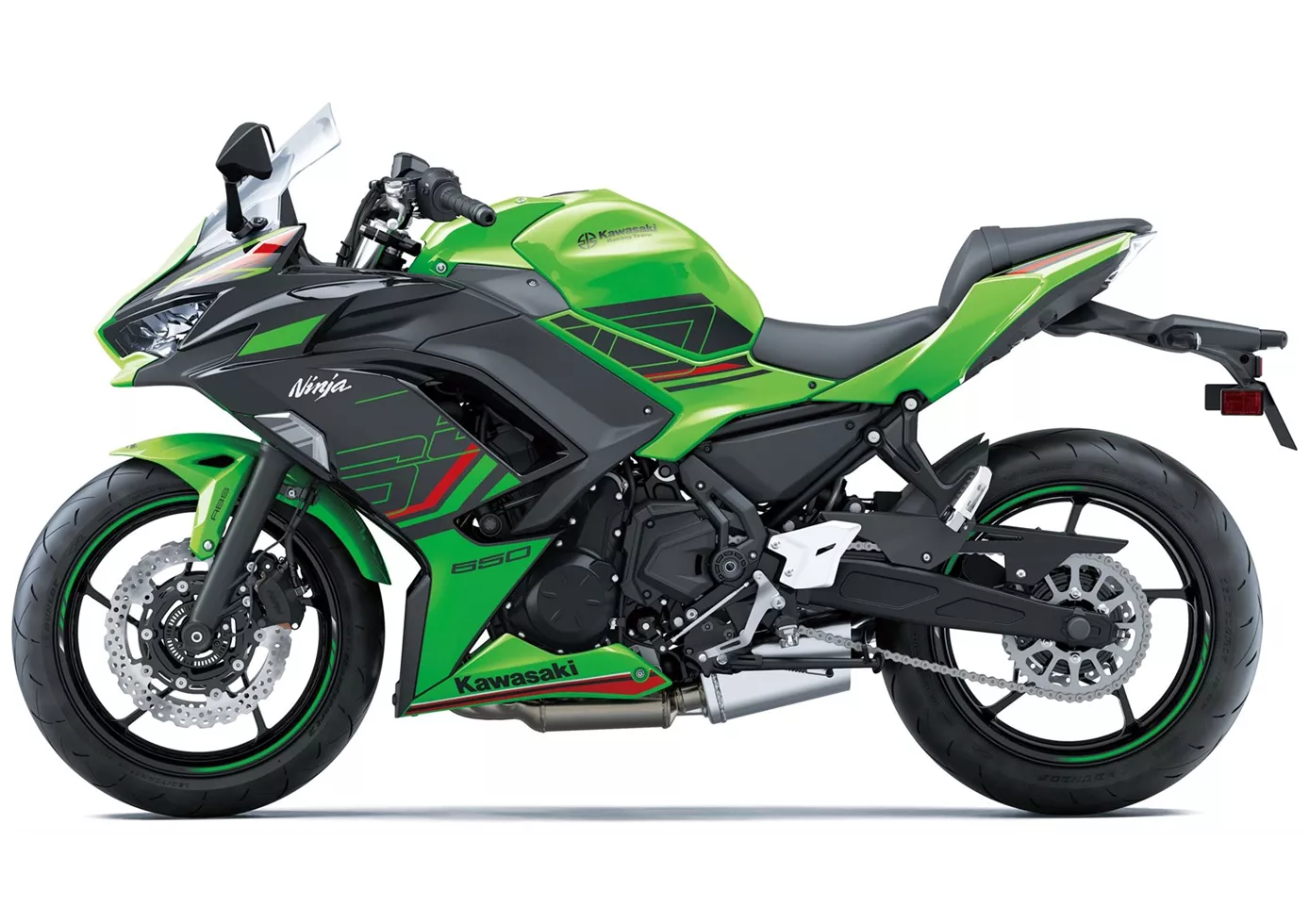
To judge the Kawasaki Ninja 650 purely on its paper form would be a serious mistake. The two-day test showed once again that performance data carries more weight at the pub table than in the wild. Kawa's sports tourer does exactly what it is supposed to and, thanks to the constant revision and the new features added for 2023, is still an enrichment for the class. Only hobby racers should be warned, as the name Ninja still stirs up a certain expectation that the 650 does not fully meet.
Kawasaki Z 400 2023
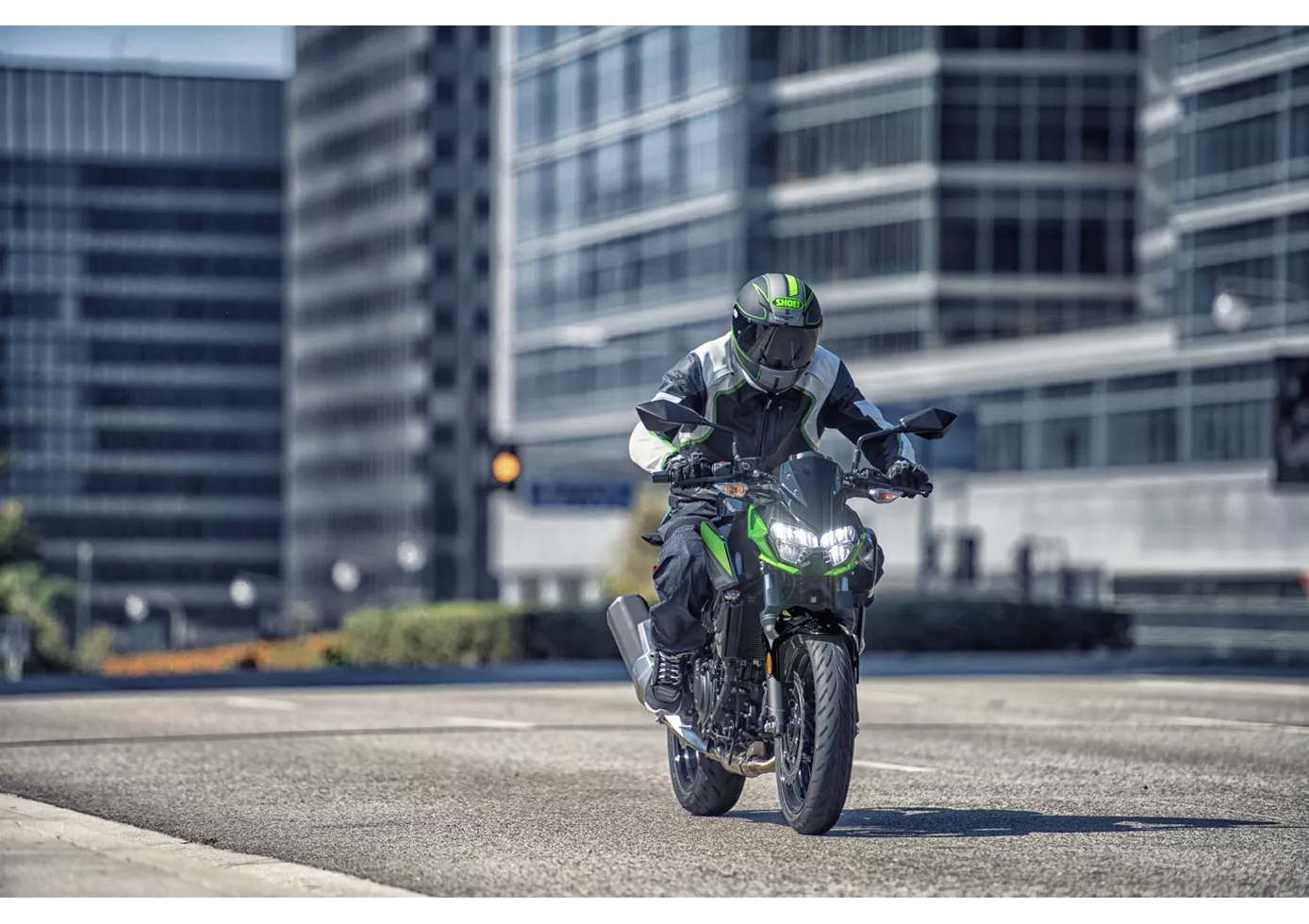
A cool and sensible entry into the A2 class. The Kawasaki Z400 scores points all along the line with its instinctive handling and the in-line two-cylinder, which convinces with good response and sufficient power. You can't go wrong with this naked bike and you can overlook the fact that the levers are not adjustable - after all, costs have to be saved somewhere.
Price Comparison Avarage Market Price Kawasaki Ninja 650 vs Kawasaki Z 400
There are a few key differences between a Kawasaki Ninja 650 2023 and a Kawasaki Z 400 2023. In terms of price, the actual average price of a Kawasaki Ninja 650 2023 is about 28% higher. Compared to Kawasaki Z 400 2023 there are more Kawasaki Ninja 650 2023 bikes available on the 1000PS.de Marketplace, specifically 112 compared to 89. It takes less time to sell a Kawasaki Z 400 with 123 days compared to 137 days for the Kawasaki Ninja 650. Since model year 2017 1000PS.de editors have written 20 reviews for the Kawasaki Ninja 650 and 8 reviews for the Kawasaki Z 400 since model year 2019. The first review for the Kawasaki Ninja 650 was published on 10/4/2016 and now has more than 79,600 views. This compares to more than 23,200 views for the first review on Kawasaki Z 400 published on 10/2/2018.
